How Samara Creative Builds Podcast Content (and How You Could Too)
At Samara Creative, I offer a podcast package designed for creators, business owners, and entrepreneurs who want to share their stories clearly and professionally. The package simplifies everything — recording, video, and delivery — but I also believe in transparency. If someone wants to learn and do it themselves, here’s how.
Nate Odegard from Odegard & Co in the Samara Studio
1. My Podcast Package Breakdown
My podcast setup starts with a base package for for audio-only and upgrades to audio + video.
It’s recorded in a small, acoustically treated studio that’s quiet, simple, and focused on comfort.
Audio Package
1 hour of recording in a small studio
Mixed and mastered audio (clean, balanced, upload-ready)
Delivered in WAV and MP3 formats
Audio + Video Package
Everything above, plus a 4K video recording
Long format, no clipping, perfect for YouTube or social media
Small studio setup for consistent lighting and sound
You can also add extras like a B-cam angle, short clips, vertical video format, or a large studio upgrade if you need a more cinematic setup.
2. The Gear I Use
I rely on professional tools to make sure every podcast sounds and looks polished:
Microphones: Dynamic and condenser mics with pop filters for clean, warm vocals.
Cameras: Black Magic Pocket Cinema for sharp, natural color.
Audio Interface: Ensures balanced sound levels and noise-free recording.
Lighting: Softened Aputure for flattering, consistent light.
Editing Software: Adobe Audition and Premiere Pro for mastering and syncing audio and video.
3. Doing It Yourself
If you want to start a podcast on your own, you absolutely can — here’s a simplified version of how I build each project:
A. Setup
Find a quiet space with minimal echo (carpeted rooms are best).
Use an entry-level microphone like the Shure MV7 or Rode NT-USB.
Record on your computer with software like Audacity (free) or GarageBand.
B. Video Recording
A smartphone on a tripod can work for video.
Record horizontally in 4K if possible.
Use natural light or an affordable ring light.
C. Syncing Audio & Video
Clap once at the start of recording (that’s your sync point).
Align the clap sound in your editing software — then trim the edges.
D. Editing
Use a limited version of DaVinci Resolve (free), Capcut(free app), or Premiere Pro (paid) for editing.
Cut out long pauses and background noise.
Normalize your volume levels for consistent sound.
Optional: Add intro and outro music that matches your brand.
E. Upload & Publish
Save your podcast in both audio (MP3) and video (MP4).
Upload to platforms like Spotify for Podcasters, YouTube, or Apple Podcasts.
Create short clips (30–60 seconds) for Instagram Reels and TikTok.
4. Why Hire a Professional Anyway?
You can absolutely record a podcast yourself — but at Samara Creative, I remove the guesswork.
You don’t need to worry about gear, editing, lighting, syncing, or delivery. You walk in, record, and leave with professional-quality content ready for distribution.
It’s not about replacing creativity — it’s about giving it a home that sounds and looks its best.
Samuel interviewing a client
Testimonial from Joe Palcsak Voice:
“Samuel helped me setup my home studio and gave me the tools and knowledge to start my voice-over career.”


